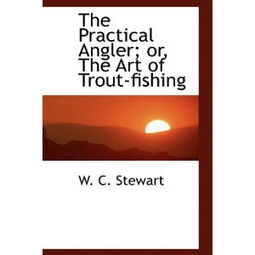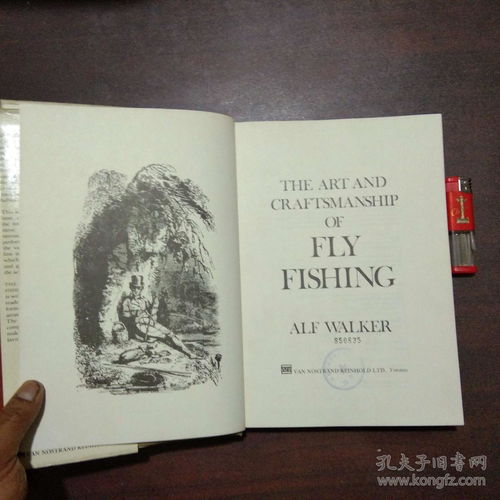Content:
Introduction: Fishing is a popular outdoor activity that requires patience, skill, and a deep connection with nature. One of the essential tools for fishing is the fishing rod, which can be prone to bending due to various reasons. When your fishing rod bends, it may seem like the end of your fishing adventure. However, with the right techniques, you can still enjoy a successful fishing trip. In this article, we will discuss how to fish effectively with a bent rod and provide some valuable tips and techniques to help you get the most out of your fishing experience.
Assess the Damage: Before you start fishing with a bent rod, it is crucial to assess the extent of the damage. Check if the bend is in the rod's tip or in the middle. A bend in the tip is usually easier to manage than a bend in the middle or near the reel seat. If the bend is too severe, it may be best to replace the rod or seek professional advice.
Adjust the Line: Once you have assessed the damage, the next step is to adjust the line. If the bend is in the tip, you can use a leader to compensate for the loss of sensitivity. Attach a leader of appropriate length to your main line, ensuring it is strong enough to handle the load. This will help you detect subtle bites and maintain better control over your bait.
Adjust the Bait: When fishing with a bent rod, it is essential to use lighter baits to avoid putting additional stress on the rod. Heavier baits can cause the rod to bend further, potentially leading to damage. Opt for lighter lures or natural baits that mimic the movement of small fish or insects. This will help you maintain better control and make it easier to cast and retrieve.
Adjust Your Casting Technique: Casting with a bent rod requires a slightly different technique. Here are some tips to help you adjust your casting style:

a. Use a shorter casting stroke: A shorter casting stroke will help you avoid putting excessive stress on the bent section of the rod. Focus on making a compact and controlled cast.
b. Cast at a lower angle: Casting at a lower angle can help reduce the stress on the bent rod. Aim to cast at a 45-degree angle or less.
c. Avoid overloading the rod: Be mindful of the amount of line you are loading onto the rod. Overloading can cause the rod to bend further and may damage it permanently.
Retrieve with Care: When retrieving your bait, be gentle and smooth. Avoid sudden movements or sharp hooks, as they can put unnecessary stress on the bent rod. Maintain a steady and consistent retrieve, allowing the bait to move naturally through the water.
Monitor the Rod: Throughout your fishing trip, keep an eye on the rod's condition. If you notice the bend worsening or any unusual behavior, it is best to stop fishing and assess the situation. Continuing to fish with a severely bent rod can lead to further damage or even breakage.
Use Additional Tools: In some cases, you may need to use additional tools to help you fish with a bent rod. Consider using a shock leader, which is a piece of heavy-duty line that absorbs shock and reduces the stress on the rod. You can also use a rod holder to keep the rod stable and reduce the strain on the bent section.
Conclusion: Fishing with a bent rod can be challenging, but with the right techniques and tips, you can still enjoy a successful fishing trip. Assess the damage, adjust the line and bait, and modify your casting and retrieving techniques. By following these guidelines, you can make the most out of your fishing experience and keep your bent rod in good condition. Happy fishing!












